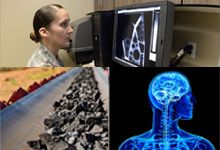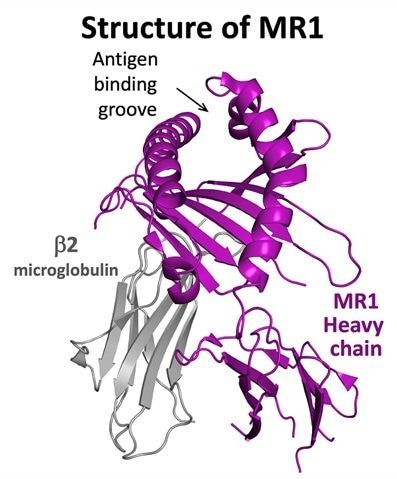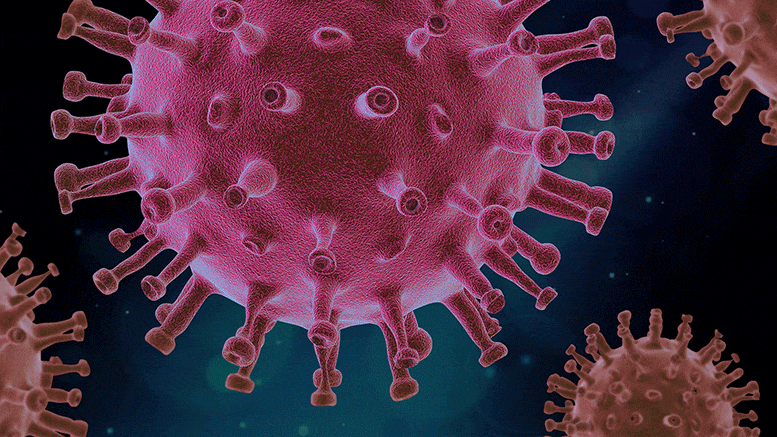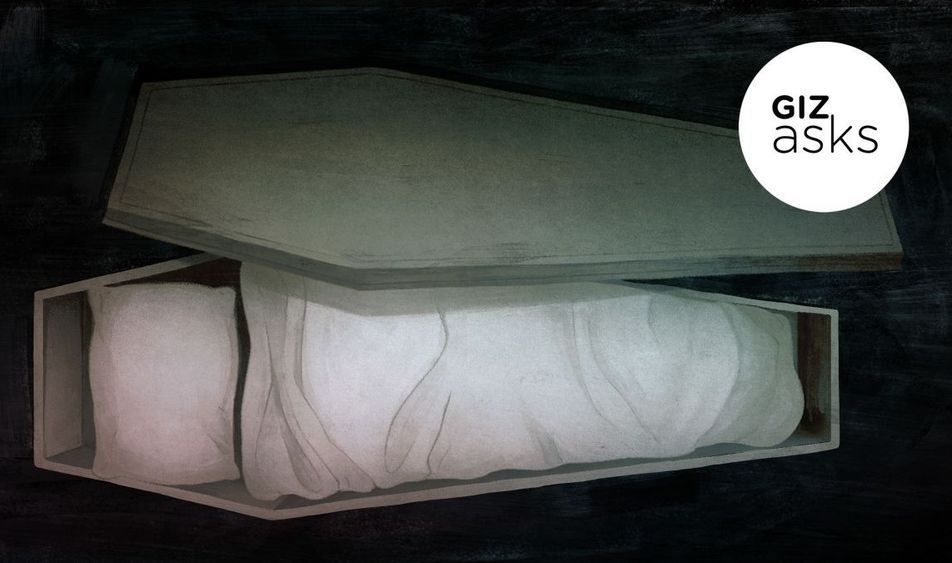Aug 4, 2020
Subterranean Challenge Pivots to All-Virtual Competition for Cave Circuit
Posted by Saúl Morales Rodriguéz in categories: biotech/medical, innovation
DARPA’s Subterranean (SubT) Challenge focuses on discovering innovative approaches to map, navigate, and search complex underground environments across three diverse subdomains: human-made tunnels, urban underground, and natural cave systems. Two previous scored events – Tunnel and Urban Circuits – featured both Virtual and Systems Competitions. DARPA has made the difficult decision to proceed only with the Virtual Competition for the Cave Circuit, due to safety considerations surrounding COVID-19. The date for the Cave Circuit Virtual Competition webcast/public event will be announced in the coming weeks.
Teams must qualify by a September 15 deadline to participate in the Cave Circuit Virtual Competition, which includes team registration and registration on the SubT Challenge Virtual Portal. Additional details are available in the SubT Qualification Guide available on the program’s Resources Page. Interested teams also are encouraged to join the SubT Community Forum, where they can engage with other participants and ask any questions.
“We recognize and share the teams’ passion to compete and showcase the hard work they have completed since the Urban Circuit, and we also are committed to the safety of the global community and extended SubT Challenge family,” said Dr. Timothy Chung, program manager for the SubT Challenge in DARPA’s Tactical Technology Office. “Additionally, I know a significant aspect of the SubT Challenge is the opportunity to invite the public to experience the camaraderie and competition unique to DARPA challenges. We look forward to providing greater insight into the Virtual Competition Cave Circuit via an enhanced webcast and online experience, and offering additional opportunities to experience the SubT Challenge during the Final Event.”

















